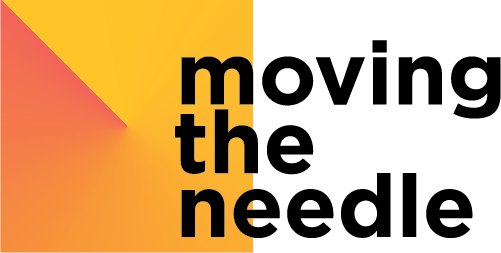Making OKRs Lean Again - Part 1
Objectives and Key Results. A 40-year old, simple goal-setting framework, initially created by and for technology companies that needed to innovate at the speed of light. They are still wildly relevant today, some four decades later, and when used correctly, they can help you to achieve 10x growth. The popularity of the tool is still rapidly growing, as measured by the number of software companies developing tooling for it. At the same time, we see companies abandoning them. Why is that? Why is there so much fuss about OKRs anyway? To paraphrase John Cutler: “[...] they are just goals!” They are supposed to be simple.
Let me tell you about a fictional character. Let’s call him Dave. Dave’s story will help to illustrate how most organizations start their OKR journey.
Dave is the HR manager of ACME, a cloud-native scale-up company that develops software to help sales teams find new business contacts. The company grew very fast last year. It went from 200k MRR to 1Mi MRR over 5 years. It now has about 150 employees, distributed over three countries. The leadership team still wants to grow the company and take it to “the next level”. Lately, the company has had some problems with finding and keeping good tech talent. The employee retention rate is very low, especially in engineering. Therefore, Dave decided to do an Employee Engagement survey to find out what was going on. When the results came back, he quickly found out that one topic in particular stood out: People wanted to have a clear direction, focus and better alignment (which was currently absent, according to a very large majority, despite there being a strategy paper that was written and shared back in December).
It’s Sunday morning and Dave is reading his favorite HR magazine and learns about OKRs for the first time. He gets really excited when he reads about how this tool has boosted morale, alignment and engagement in a company similar to his. This tool looks very promising; it seems like a simplified version of an employee performance system. Simplicity is key, which is something that Dave values. It makes perfect sense to start using OKRs to see if will help to “fix” the employee engagement problems within his company.
That same week, Dave dove into OKRs and spent some of his evenings researching the topic. He did a Google search and quickly found some interesting articles but also found that the information available was a bit scattered, so he bought a book on OKRs. Two weeks later, Dave read the book cover to cover and was convinced. This can really help the company improve engagement! The next day, he sits down with Mary, the CEO of the company. He tells her what he had learned and how this new tool could help boost employee engagement, and thus, retention. Getting Mary on board with OKRs was easy. Who doesn’t want to have highly engaged people? Within thirty minutes, they agreed: “Let’s start using them in the next quarter”. The start of the next quarter was coming up in three weeks’ time.
In the next post, we continue with Dave’s story. Until then, how hard do you think it could possibly be for Dave’s company to implement OKRs?
Now Available!

